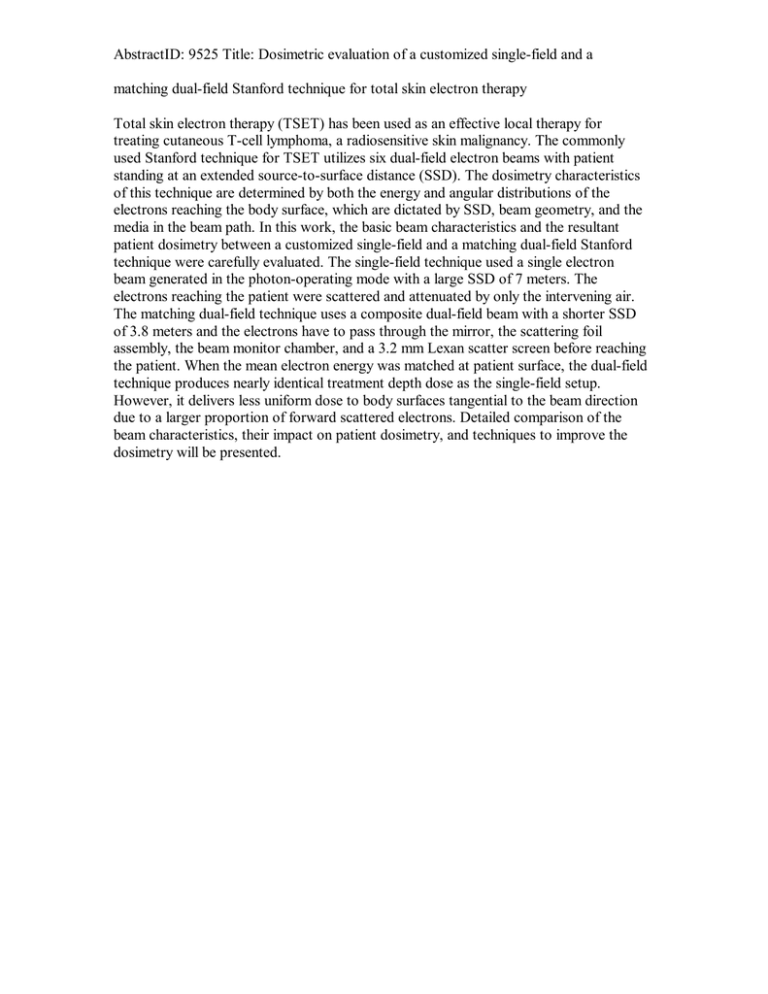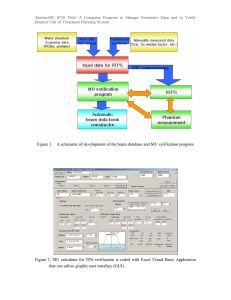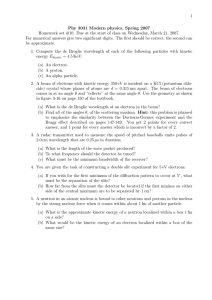AbstractID: 9525 Title: Dosimetric evaluation of a customized single-field and... matching dual-field Stanford technique for total skin electron therapy
advertisement

AbstractID: 9525 Title: Dosimetric evaluation of a customized single-field and a matching dual-field Stanford technique for total skin electron therapy Total skin electron therapy (TSET) has been used as an effective local therapy for treating cutaneous T-cell lymphoma, a radiosensitive skin malignancy. The commonly used Stanford technique for TSET utilizes six dual-field electron beams with patient standing at an extended source-to-surface distance (SSD). The dosimetry characteristics of this technique are determined by both the energy and angular distributions of the electrons reaching the body surface, which are dictated by SSD, beam geometry, and the media in the beam path. In this work, the basic beam characteristics and the resultant patient dosimetry between a customized single-field and a matching dual-field Stanford technique were carefully evaluated. The single-field technique used a single electron beam generated in the photon-operating mode with a large SSD of 7 meters. The electrons reaching the patient were scattered and attenuated by only the intervening air. The matching dual-field technique uses a composite dual-field beam with a shorter SSD of 3.8 meters and the electrons have to pass through the mirror, the scattering foil assembly, the beam monitor chamber, and a 3.2 mm Lexan scatter screen before reaching the patient. When the mean electron energy was matched at patient surface, the dual-field technique produces nearly identical treatment depth dose as the single-field setup. However, it delivers less uniform dose to body surfaces tangential to the beam direction due to a larger proportion of forward scattered electrons. Detailed comparison of the beam characteristics, their impact on patient dosimetry, and techniques to improve the dosimetry will be presented.





